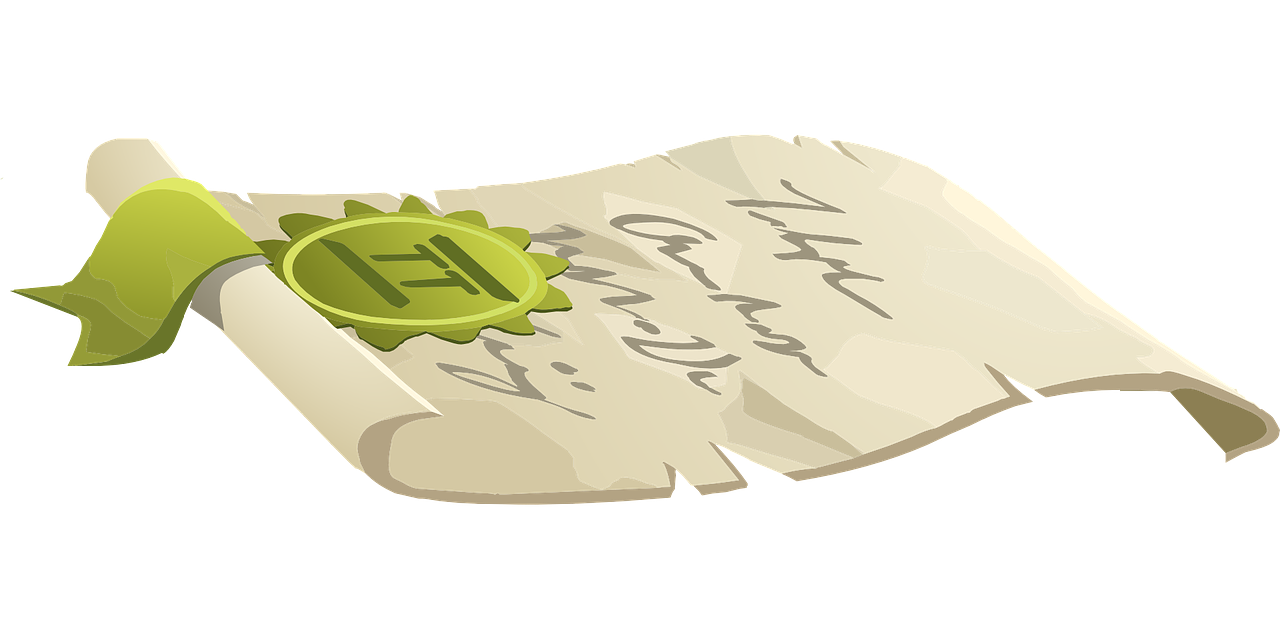Freelance Writing
-
5 Types of Content to Pitch During a Pandemic
In my experience, the hardest part of being a freelance writer isn’t…
-
How to Still Close Freelance Clients During a Recession
Every freelance writer knows the struggle of finding clients that offer regular…
-
How to Jumpstart Your Career As a Certified Freelance Writer
If you think you are missing the credentials or qualifications to be…
-
How to Launch a Freelance Writing Career in More Than One Language in the Midst of the Coronavirus Pandemic
The coronavirus pandemic has left people around the world out of work.…
-
A Few Ways to Increase Your Earnings As a Writer
You read articles all the time about freelance writers who have earned…
-
4 Tips for Becoming a Successful Freelance Writer
Anyone who has solid writing skills, a laptop, a healthy work ethic,…
-
3 Most Common Reasons People Start Freelance Writing
The internet is the most common place that people turn to as…
-
Freelance Writing For a Variety of Passions and Expertise
Freelance writing has grown exponentially in availability, need and variety with the…
-
Best Ways to Market Yourself as a Freelancer
Being a freelance writer offers flexibility, a chance to learn new things,…
-
How to Quickly Increase Your Rates as a Freelance Writer
There are two major camps when it comes to freelancing. The first…










